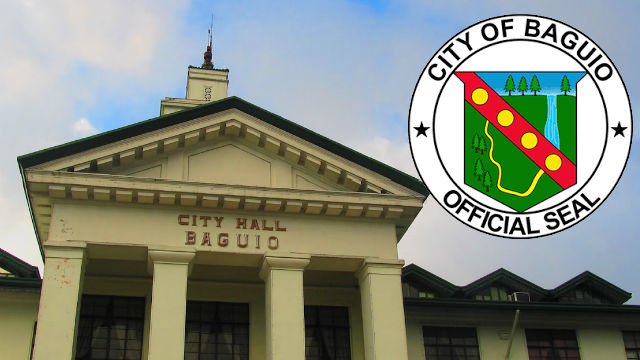BAGUIO CITY – An international security expert shared to local governments his insights on the characteristics of a functional command center in order to harness the maximum benefits from public funds that have been invested for such purpose.
Josef Gueta, an Israeli with expertise on high level security management among others, stated that there is very few technologies that unite prevention and response under a single umbrella. The concept of a command center synthesizes prevention and response by adopting technology to different types of users, settings and integrating various purposes.
He pointed out that command centers should be geared towards limiting direct and indirect damage apart from centralizing the control. The command center must have the capability for the development of local intelligence.
Further, the expert cited that the technologies must adapt to the local requirements and local culture for the greater interest of the local government or agency.
He underscored that an effective command center is one that is able to smoothly integrate and balance technology, human, and procedural/policy factors. The command center assists in the decision-making process and creates a safety and security culture. Employees are an integral part of the command center as they will play a key role in identifying impending threats and other security issues.
See more stories:





According to him, command centers, like any other technology, is developed to enhance human capabilities, increase efficiency, and reduce, if not, prevent human errors. It offers the capability of detecting irregularities through an objective and rational process. It should be able to identify irregularities in the early phases, monitors all activities in a single database, be able to create and change content according to priorities per area, and identifies zones in each organization so that information coming in is exact. There should be full integration within a local control room or global or regional command control center. The command center should have rules and access and that all processes are classified in the system and should allow reverse engineering.
Gueta also explained that command centers utilize a unique system of managing emergencies in real time, allow personnel to know exactly what to do for different scenarios. An ideal command center is fully integrated with the operations room and command control center. It should have an adaptable system that tailors to the needs of those in an emergency and assist law enforcers in emergency services. Law enforces would then know the scenario taking place before arriving in the scene.
In the preparation of the specifications for the put up of a command center, he suggested that agencies and local governments must define all scenarios that are the priorities whether in safety, security or both. There should be real time activation of procedures based on specific scenarios, impact, location and status. The command center must have a live map with all members of the community involved. There should be technology for quick calls to police and emergency services and not just live video incidents but the ability to share these videos.
Among the other important characteristics of a functional command center include real time emergency management, crisis management and business continuity, capability to command and monitor evacuation when needed, interaction with security companies.
He asserted that command centers serve as a powerful tool that supplies critical information as part of an ongoing event or suspicious activity. Employees should be able to illustrate cases and scenarios and develop resilience. Employees are a resourceful instrument and their capability should be increased to deal with different scenarios.
By HENT
You might also like:























